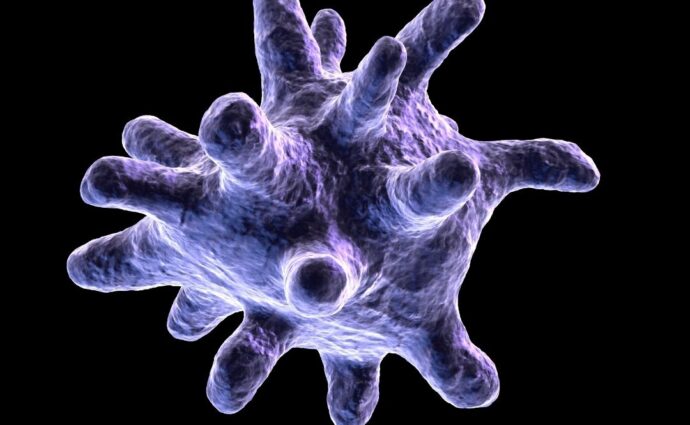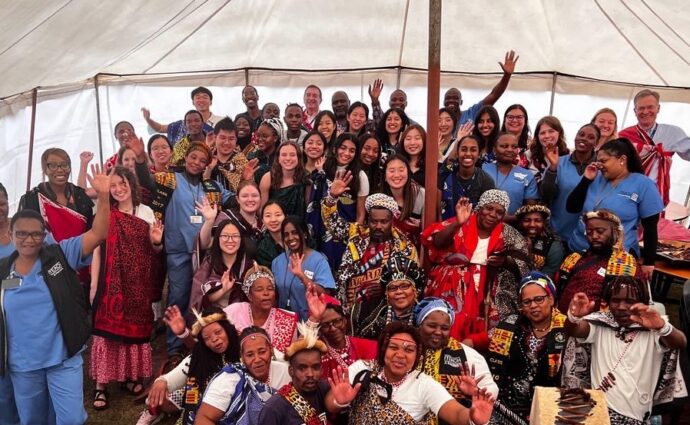Date: January 25, 2018 By:

In a recent report in Cell, researchers at the Ragon Institute in Cambridge, MA and their collaborators announced a groundbreaking new model of how immunity is initiated in response to viral infections. Achieving broad and long-lasting protection against viruses such as influenza, HIV, and Zika has been a longstanding goal in the field of vaccine development. The insights in this new study represent an exciting step forward in the ongoing quest for effective vaccines against emerging viral diseases.
Many recent efforts to develop virus vaccines have focused on harnessing the power of broadly neutralizing antibodies, which are the highly specialized proteins that target disease-causing viruses. Antibodies are produced by B cells, a type of immune cell, within organs such as the lymph nodes. It is therefore essential for scientists to understand B cell activation and subsequent antibody production in order to develop virus vaccines.
B cell activation during later stages of infection has been previously studied. However, the events at the earliest stages of infection have remained a mystery. Led by senior authors Dr. Facundo Batista and Dr. Mauro Gaya of the Ragon Institute, the researchers in this new study investigated the events of early infection and unveiled important clues to how B cells generate antibodies immediately following infection.
The researchers examined the roles of different immune system components in the lymph nodes of mice infected with influenza virus. They found that the specialized immune cells known as natural killer T cells (NKTs) are vital to the early activation of B cells: mice without NKTs showed striking defects in their early immune response against infection. While NKTs had known roles in immunity against bacterial infections, the finding that NKTs are also important in defending against viruses, like influenza, was unprecedented.
The researchers discovered that NKTs are precisely situated within the lymph nodes to activate B cells. Moreover, they found that NKTs are the main producers of an important molecular signal called IL-4. The IL-4 signal triggers the B cells to form specialized structures in the lymph nodes that are crucial to the immune response. Thus, this new study reveals that NKT production of IL-4 is a critical event during early infection that stimulates B cells to produce antibodies against the invading virus.
Importantly, the researchers found that the same process of B cell activation, involving NKT production of IL-4, is likely responsible for the immune response of monkeys infected with Zika. The striking similarities between mice and monkeys strongly suggests that this newly discovered immune mechanism is in fact essential to many animals–including humans. In particular, the results from the Zika infected monkeys raise the tantalizing possibility that these findings could be applied to humans and utilized to design vaccines against some of the most pressing diseases today.
Viral diseases such as influenza, HIV, and Zika, remain a pressing global health issue. While developing effective virus vaccines against these diseases remains a formidable challenge, the innovative findings of this new study may well bring researchers that much closer to the answer.
Images courtesy of Mauro Gaya and Rémi Duval.

The lab of the Ragon Institute faculty member Hernandez Moura Silva, PhD, recently published a review in Science Immunology regarding resident tissue macrophages (RTMs), shedding light on their multifaceted roles in organ health.

After three years off due to the COVID-19 pandemic, the Ragon-MIT course HST.434 returned this January to provide 24 students a once in a lifetime learning experience

Ragon core member and MIT associate professor of chemical engineering Brandon DeKosky, PhD, was one of five MIT faculty members recently awarded $25 million to take on Cancer Grand Challenges.